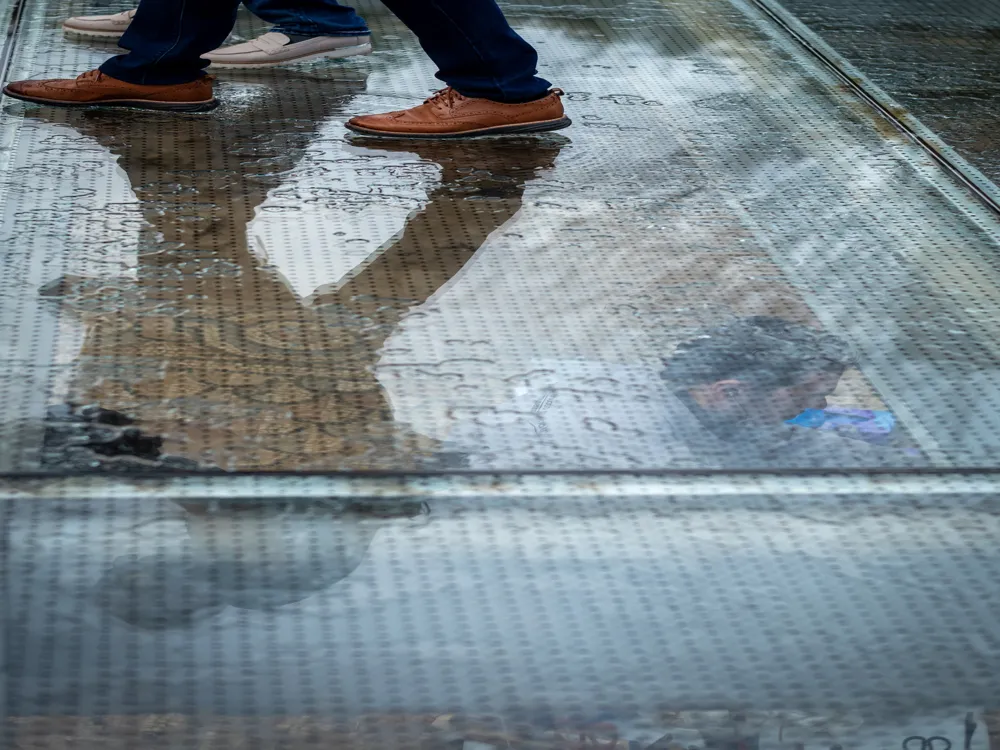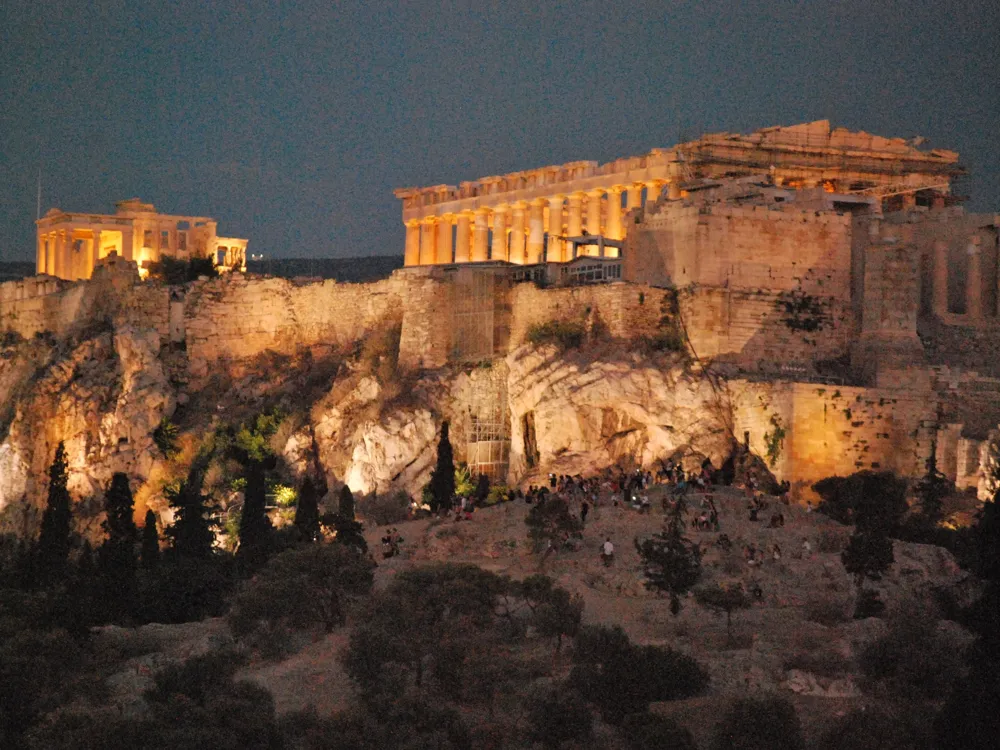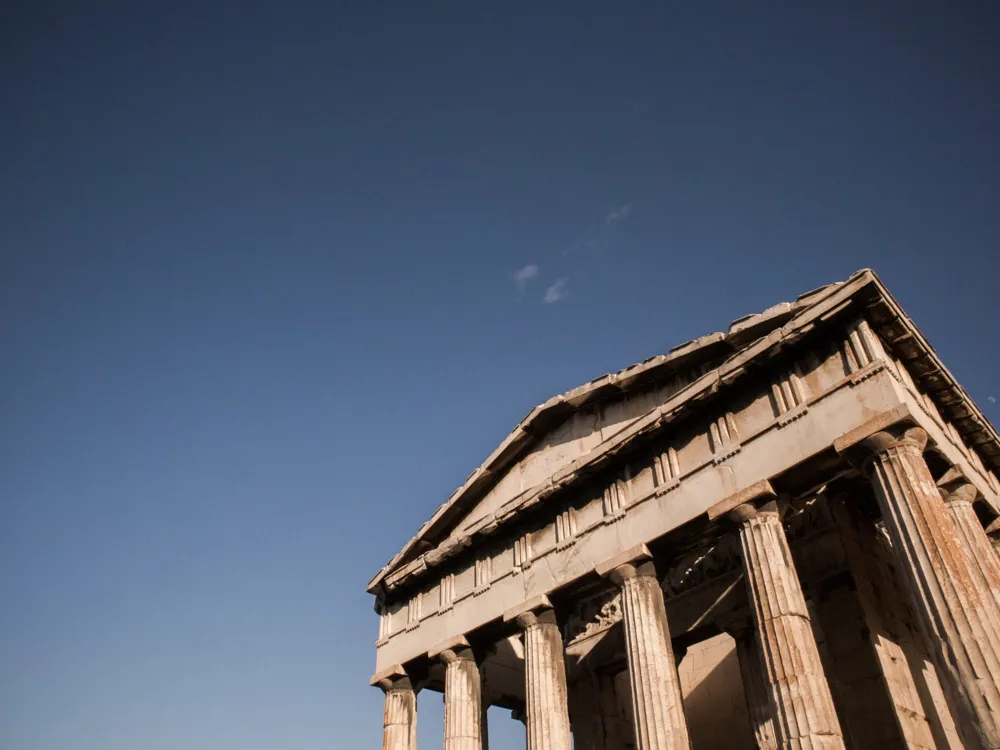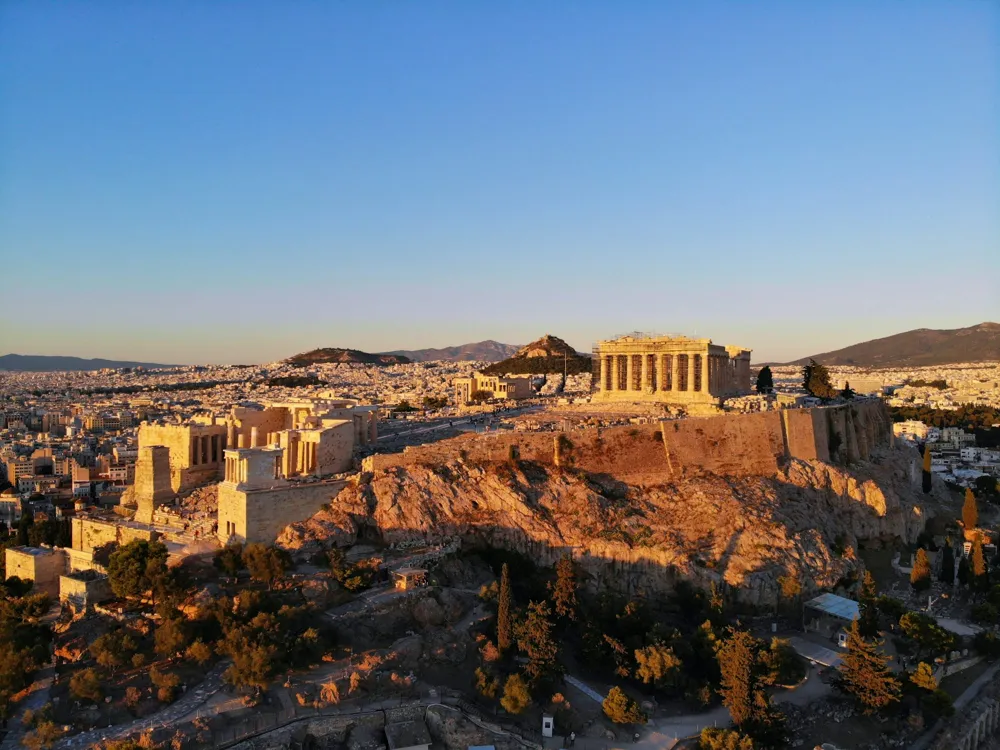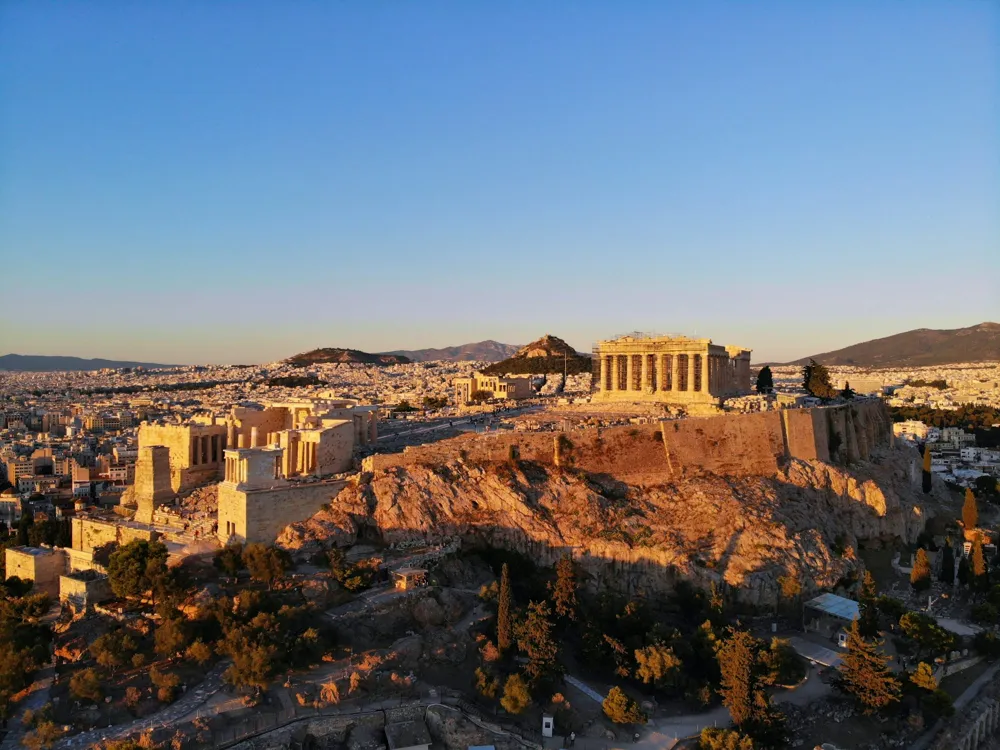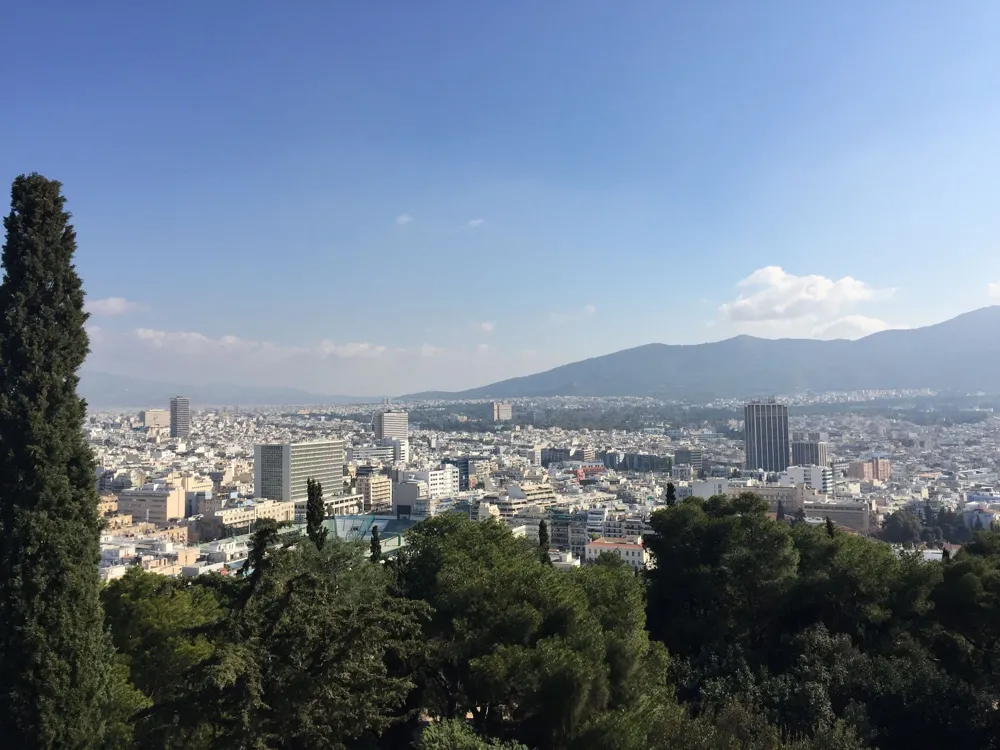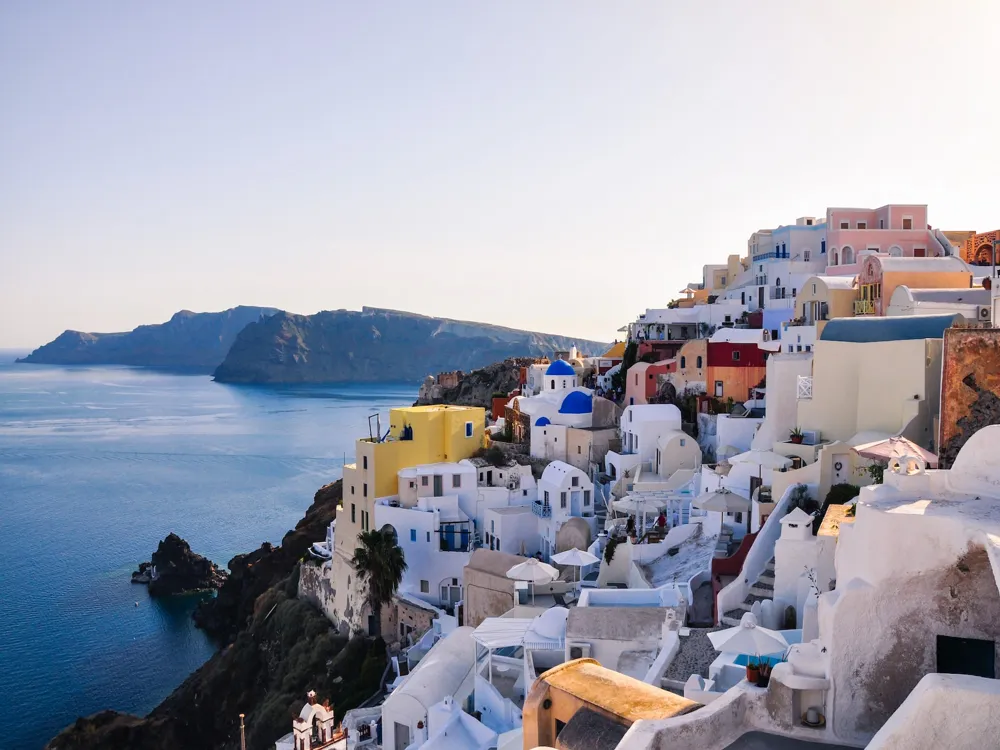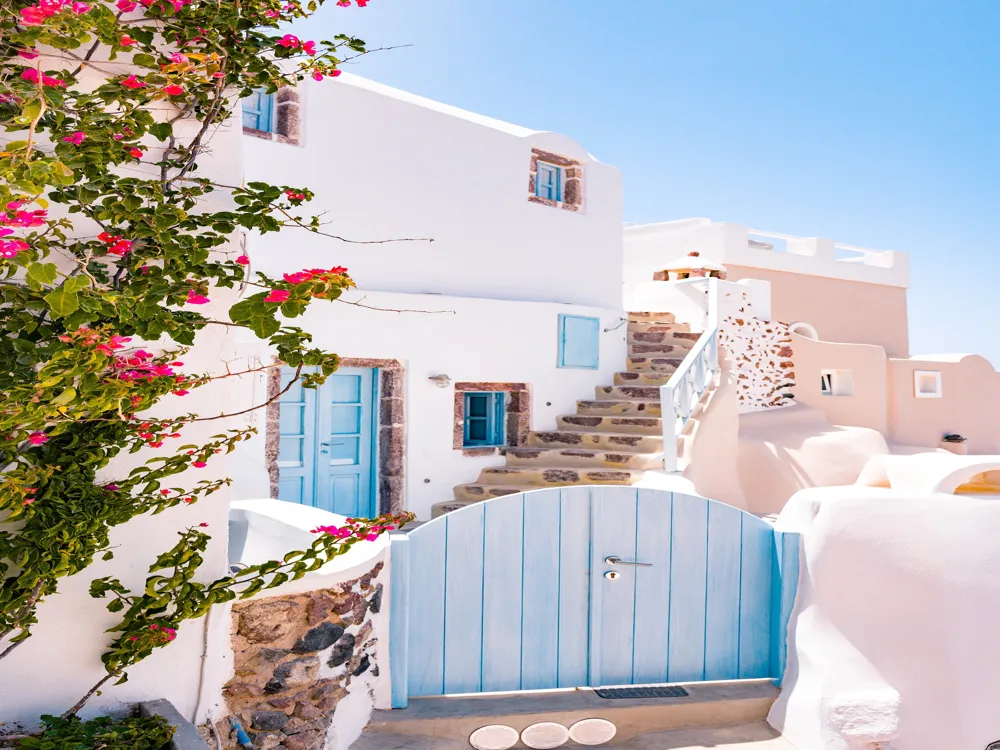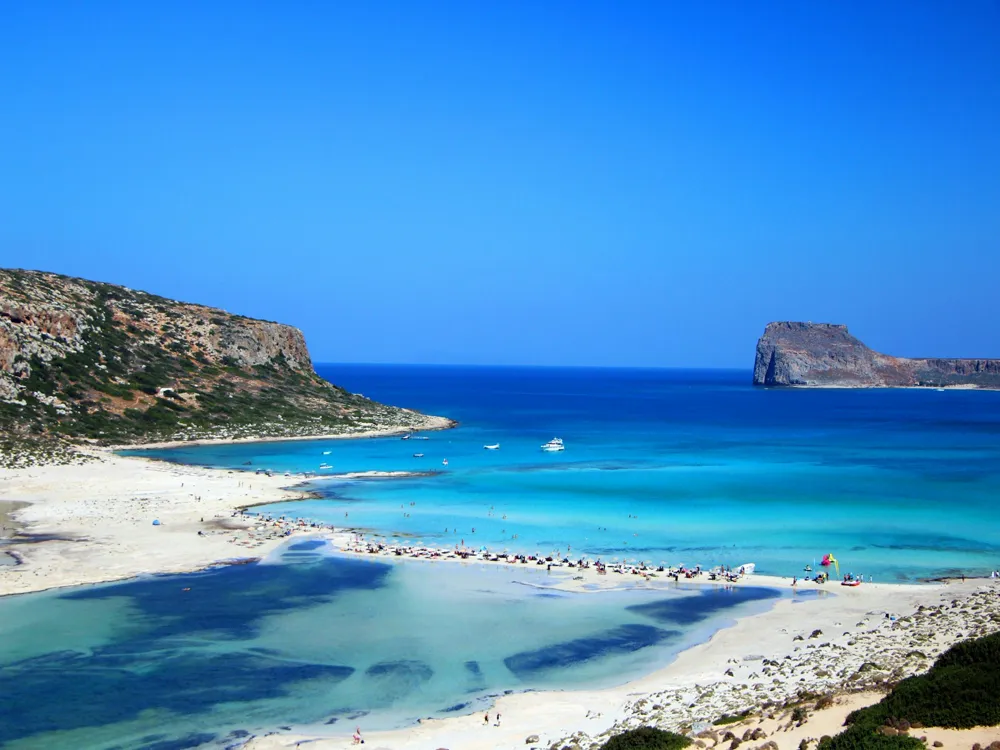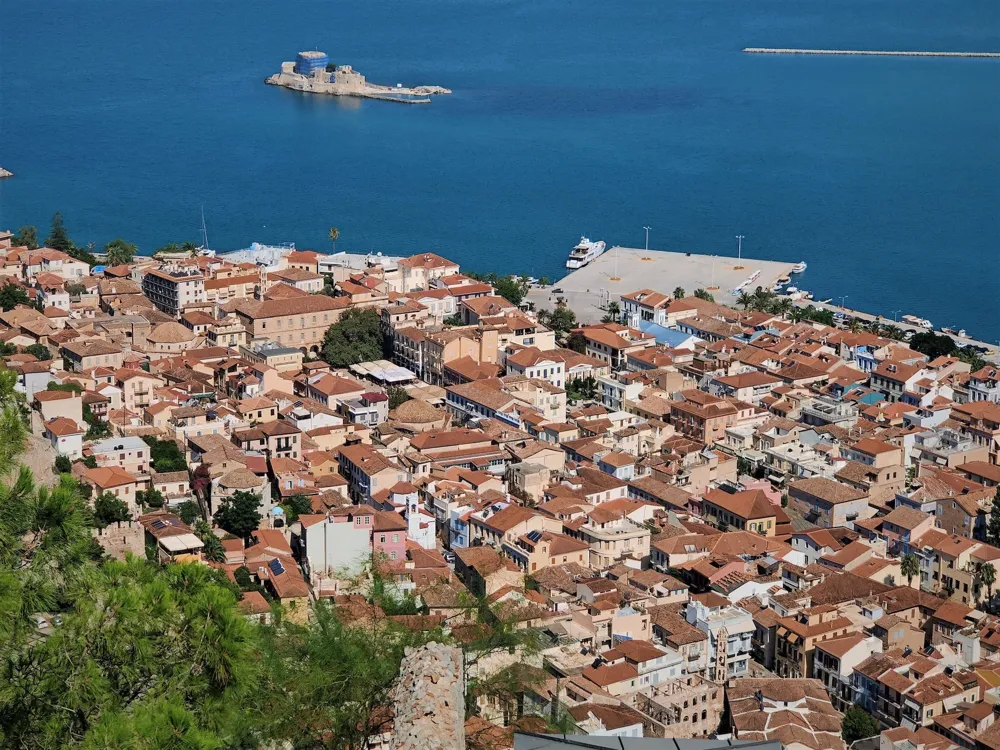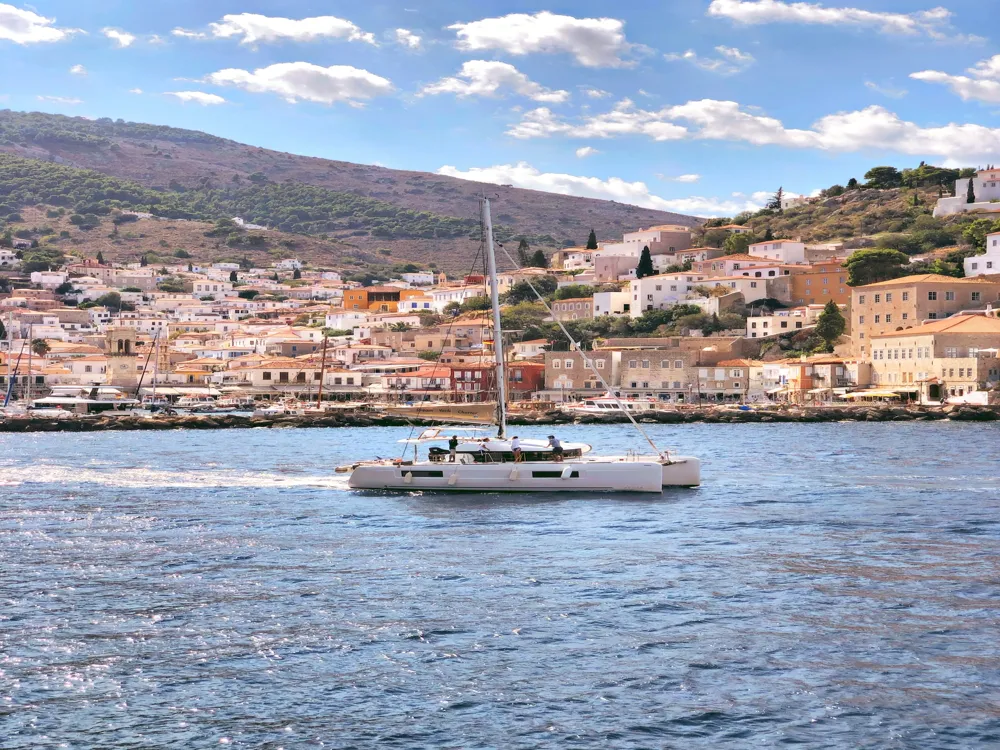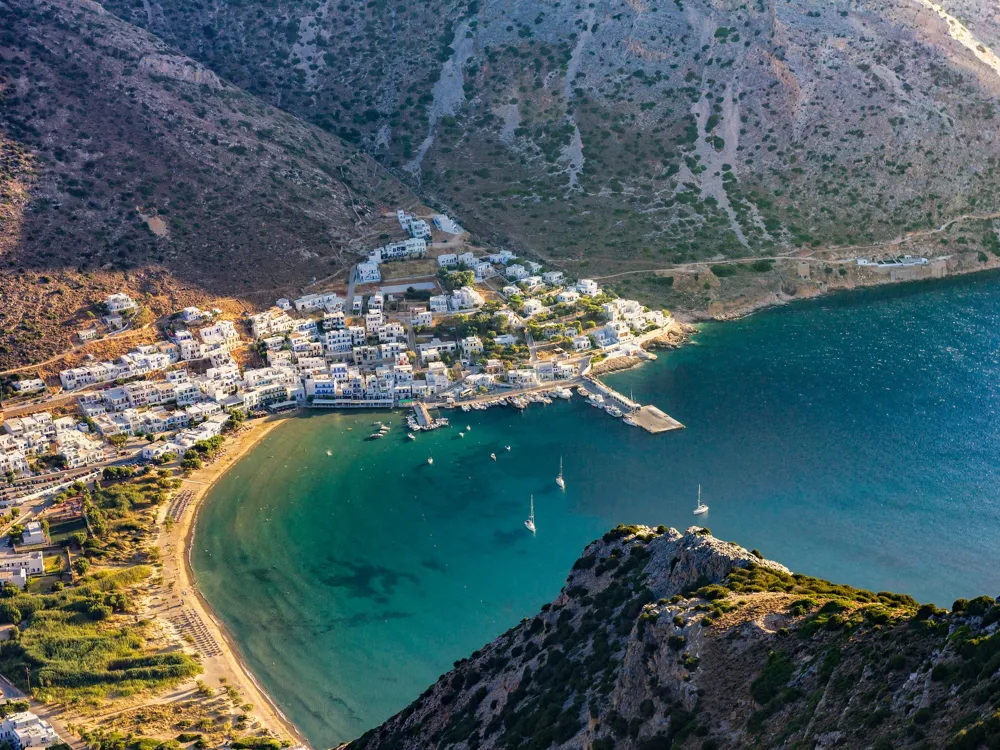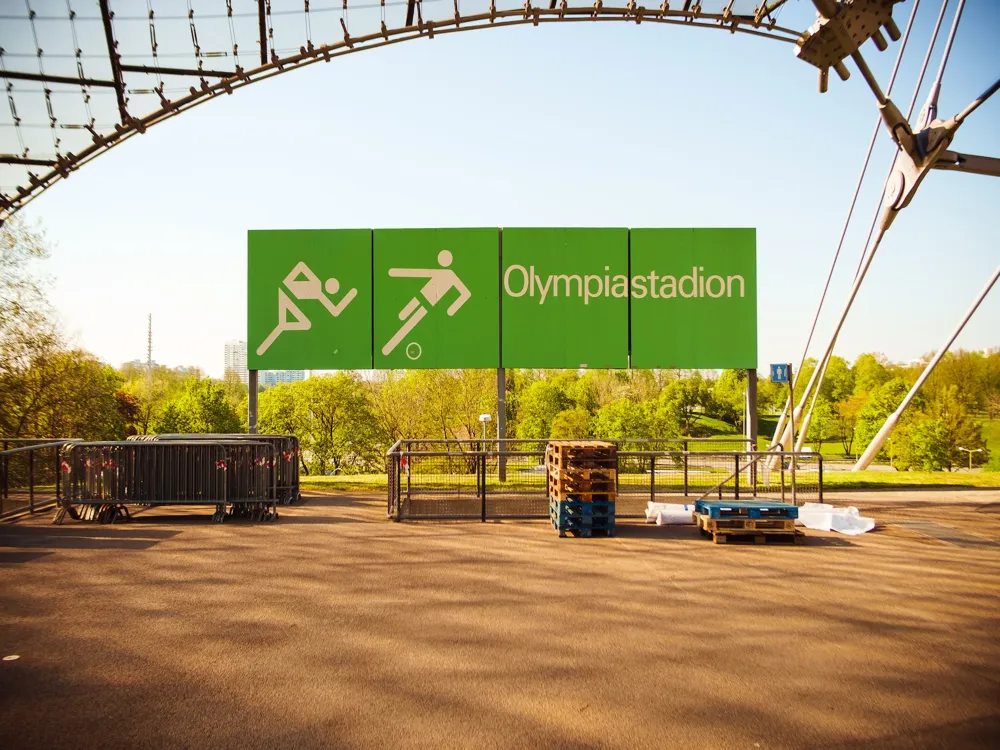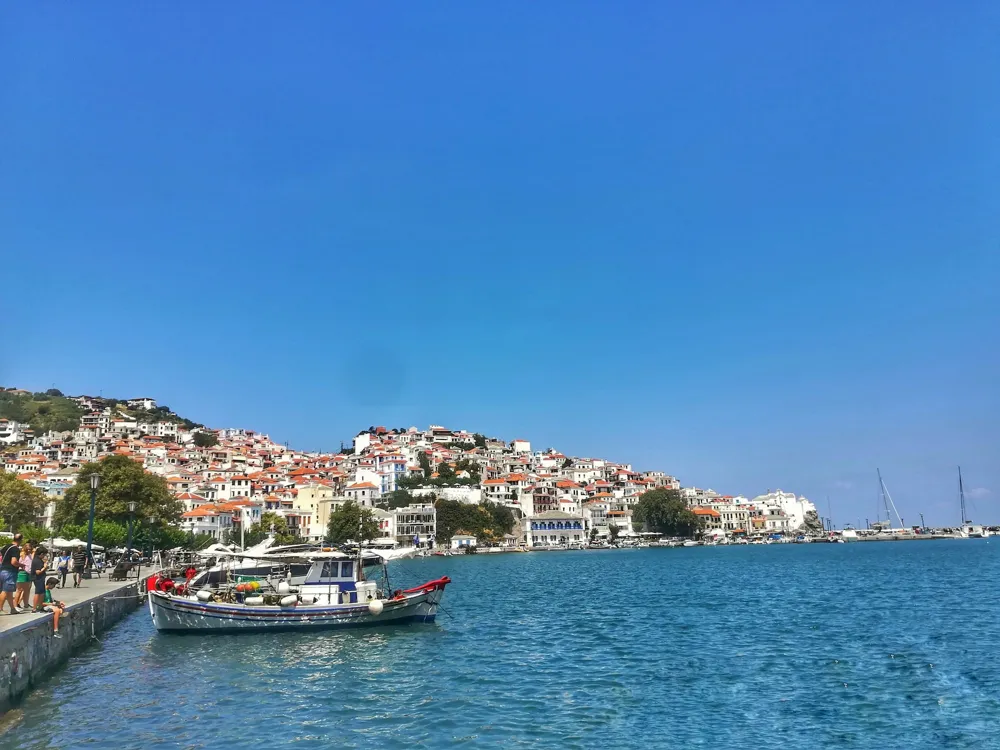The history of Plaka is deeply intertwined with that of Athens itself. Firstly, centred around the ancient Agora, Plaka was the nexus of public and social life in Athens during that age. Over the centuries, it witnessed the rise and fall of conglomerates, serving as a focal point for both the intricate and Ottoman ages. The neighbourhood managed to save its unique character through the periods, indeed, as the megacity streamlined around it. This mix of literal ages is apparent in the miscellaneous blend of architectural styles set up throughout Plaka. Plaka is a treasure trove for archaeologists and history suckers. The area is home to some of Athens' most important ancient spots. The Ancient Agora, once the heart of the Athenian Republic, and the Roman Agora are just a gravestone's gamble down. Callers can also explore the well-saved Temple of Hephaestus, one of the best-saved ancient Greek tabernacles in the world. These spots offer a fascinating glimpse into the diurnal life of ancient Athenians and are a must-visit for anyone interested in history and archaeology. The artistic and social fabric of Plaka is as different as its history. The neighbourhood is a hotspot for artistic events, art exhibitions, and carnivals throughout the year. It's a place where history and the present coexist harmoniously. The thoroughfares of Plaka are alive with the sounds of live music, the aroma of traditional Greek cookery, and the buzz of lively exchanges. It's a place where you can enjoy a crawling coffee in an antique cafe, dine in a traditional Greek taverna, or simply wander and absorb the vibrant atmosphere. Plaka's armature is a pictorial shade of colourful literal ages, each leaving its own distinct mark on the neighbourhood. The area's layout, characterised by narrow, winding thoroughfares and neoclassical structures, reflects the numerous layers of Athens' rich history. These thoroughfares are lined with various structures, numerous of which date back to the Ottoman and intricate ages, as well as the 19th century, when Athens was streamlined. The 19th century brought a surge of neoclassical architecture to Plaka, inspired by the European architectural trends of the time. This period saw the construction of elegant palaces, public structures, and churches, characterised by symmetrical designs, grand columns, and elaborate decorations. These neoclassical structures are a symbol of Athens' modernization and Westernisation during this period and add a subcaste of fineness to Plaka's thoroughfares. Plaka's history as part of the intricate and Ottoman conglomerates is apparent in its armature. Intricate churches, with their distinctive polls and intricate mosaics, are nestled among the narrow thoroughfares. The Ottoman influence is seen in the saved kirks and cataracts, monuments of the centuries when Athens was under Ottoman rule. These rudiments represent the multilateral heritage of Plaka, showcasing the different influences that have shaped Athens over the centuries. In recent times, there has been significant trouble saving and restoring Plaka's major structures. The Greek government and colourful artistic associations have accepted systems to maintain the neighborhood's architectural integrity. These sweats insure that the literal and artistic significance of Plaka's armature is saved for unborn generations, allowing callers to witness a living piece of Athens' history. The most stylish time to visit Plaka is during the spring and afterlife months, when the rainfall is affable and the crowds are lower. During these seasons, you can enjoy walking through the thoroughfares comfortably and explore the out-of-door cafes and shops without the summer heat. Plaka's charm is stylish and endured on bottom. Wander through its narrow thoroughfares and alleys, and do not be hysterical to transgress off the beaten path. This is how you will discover some of Plaka's retired gems, like small art galleries, unique boutiques, and antique cafes. Do not miss the occasion to try traditional Greek cooking in Plaka. From souvlaki to moussaka, the neighbourhood offers a variety of dining options, ranging from road food to upmarket cafés. Be sure to also try a traditional Greek coffee in one of the numerous cafes. Plaka is easily accessible by colourful modes of transportation. The nearest metro stations are Syntagma and Acropolis, both a short walk from Plaka. Motorcars and hacks are also readily available. For those driving, parking can be challenging in the narrow thoroughfares, so it's judicious to drive outside the neighbourhood and walk in. Read More:Overview of Plaka, Athens
Plaka, frequently referred to as the' Neighbourhood of the Gods', is a major area located at the bottom of the Acropolis in Athens. This fascinating quarter is known for its graphic thoroughfares, neoclassical architecture, and vibrant artistic scene. It's a melting pot where ancient history and ultramodern life mix seamlessly. Plaka's rich history dates back to ancient times, and it has been continuously inhabited since the 5th century BC. At the moment, it's a favourite spot for both excursionists and locals, offering a unique glimpse into Athenian life.
Walking through the narrow, complicated thoroughfares of Plaka, one cannot help but feel transported back in time. The area is dotted with significant archaeological spots, including the Ancient Agora, the Roman Agora, and the Tower of the Winds. Amidst these literal treasures, you will find an array of fascinating shops, cosy cafes, traditional tavernas, and galleries that add a lively atmosphere to this major neighbourhood. Plaka isn't just a sightseer destination; it's a living, breathing part of Athens that continues to be an integral part of the megacity's heart and soul.History of Plaka
Archaeological Significance
Cultural and Social Aspects
Architecture of Plaka
The architectural styles in Plaka range from classical and Roman to intricate and Ottoman, with a significant number of neoclassical structures added during the 19th century. This architectural diversity gives Plaka its unique character, blending the old with the new in a harmonious way. The use of original accoutrements like marble and limestone adds to the authenticity of the neighborhood's aesthetic. The preservation of these literal structures is a testament to Athens' commitment to maintaining its rich artistic heritage.Neoclassical Influences
Byzantine and Ottoman Elements
Preservation and Restoration Efforts
Tips for Visiting Plaka
Best Time to Visit
Exploring the Streets
Local Cuisine
How To Reach Plaka
Plaka
Athens
₹ 25,800 onwards
View athens Packages
Athens Travel Packages
View All Packages For Athens
Top Hotel Collections for Athens

Private Pool

Luxury Hotels

5-Star Hotels

Pet Friendly
Top Hotels Near Athens
Other Top Ranking Places In Athens
View All Places To Visit In athens
Faq on Athens
How do I get to Plaka?
Plaka is easily accessible by public transport. The closest metro stations are Syntagma and Monastiraki, both of which are within walking distance. Buses and taxis also frequently pass near the area.
What are the best things to do in Plaka?
Visitors can explore ancient ruins, visit museums like the Frissiras Museum or the Jewish Museum of Greece, shop for souvenirs and traditional products, dine in quaint tavernas, and enjoy the scenic views of the Acropolis.
Are there any famous landmarks in Plaka?
Yes, besides the Acropolis itself, notable landmarks include the Roman Agora, the Tower of the Winds, Anafiotika (a scenic part of Plaka with island-style whitewashed houses), and the Lysicrates Monument.
What is the best time to visit Plaka?
Spring (April to June) and autumn (September to November) are ideal, offering pleasant weather and fewer crowds compared to the peak summer months.
Can I find accommodation in Plaka?
Yes, Plaka offers a range of accommodation options from luxury hotels to budget-friendly guesthouses, most of which are housed in beautifully restored historic buildings.
View athens Packages
Athens Travel Packages
View All Packages For Athens
Top Hotel Collections for Athens

Private Pool

Luxury Hotels

5-Star Hotels

Pet Friendly
Top Hotels Near Athens
Other Top Ranking Places In Athens
View All Places To Visit In athensFaq on Athens
How do I get to Plaka?
Plaka is easily accessible by public transport. The closest metro stations are Syntagma and Monastiraki, both of which are within walking distance. Buses and taxis also frequently pass near the area.
What are the best things to do in Plaka?
Visitors can explore ancient ruins, visit museums like the Frissiras Museum or the Jewish Museum of Greece, shop for souvenirs and traditional products, dine in quaint tavernas, and enjoy the scenic views of the Acropolis.
Are there any famous landmarks in Plaka?
Yes, besides the Acropolis itself, notable landmarks include the Roman Agora, the Tower of the Winds, Anafiotika (a scenic part of Plaka with island-style whitewashed houses), and the Lysicrates Monument.
What is the best time to visit Plaka?
Spring (April to June) and autumn (September to November) are ideal, offering pleasant weather and fewer crowds compared to the peak summer months.
Can I find accommodation in Plaka?
Yes, Plaka offers a range of accommodation options from luxury hotels to budget-friendly guesthouses, most of which are housed in beautifully restored historic buildings.












